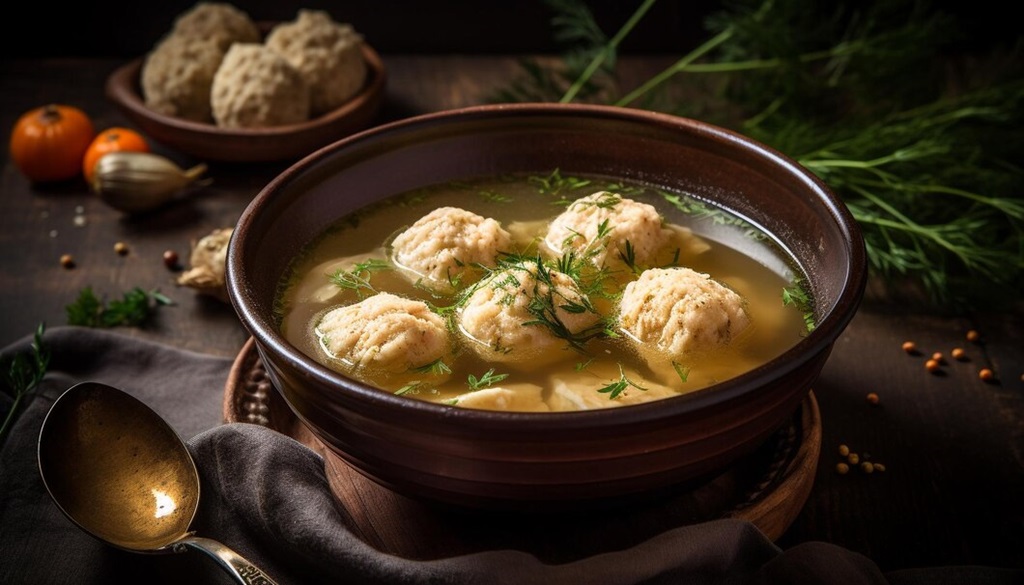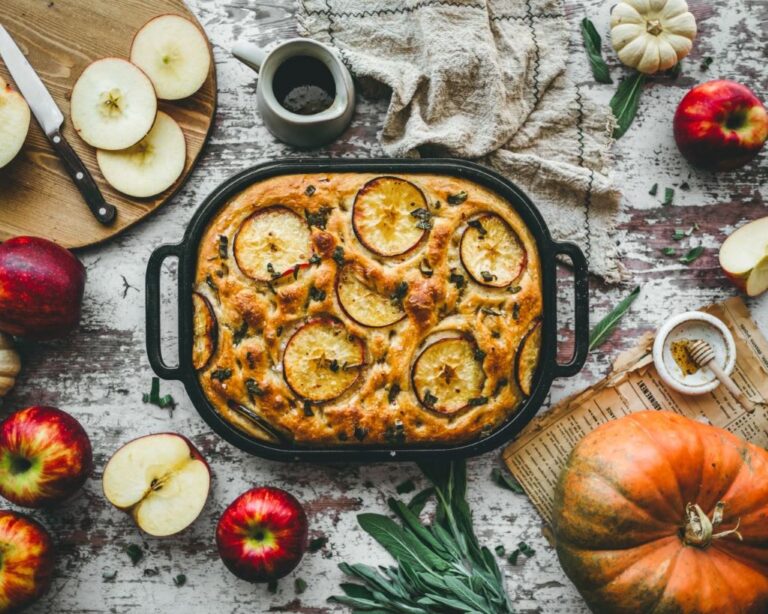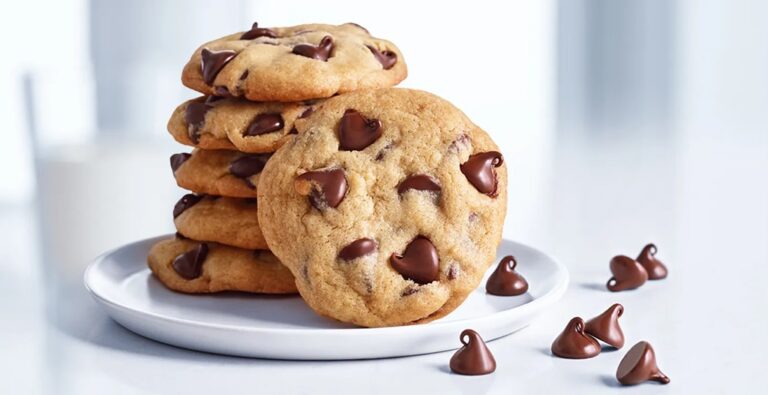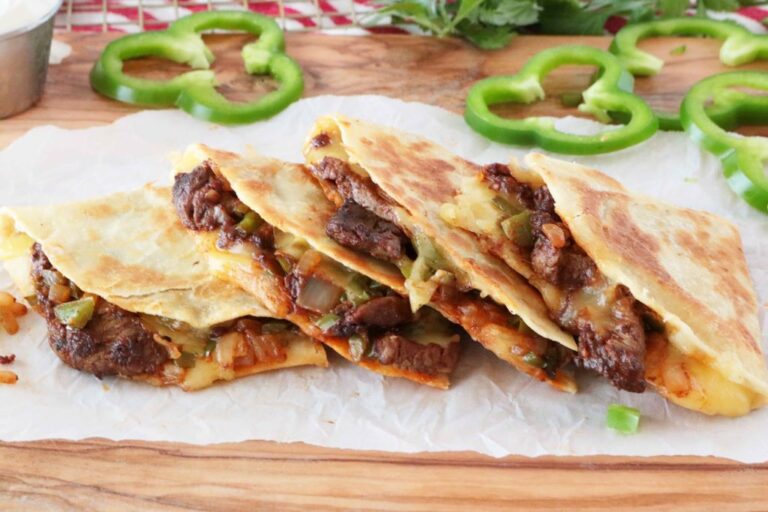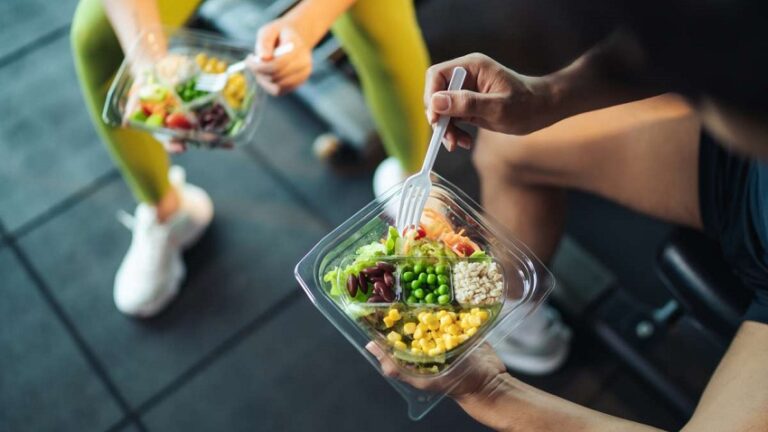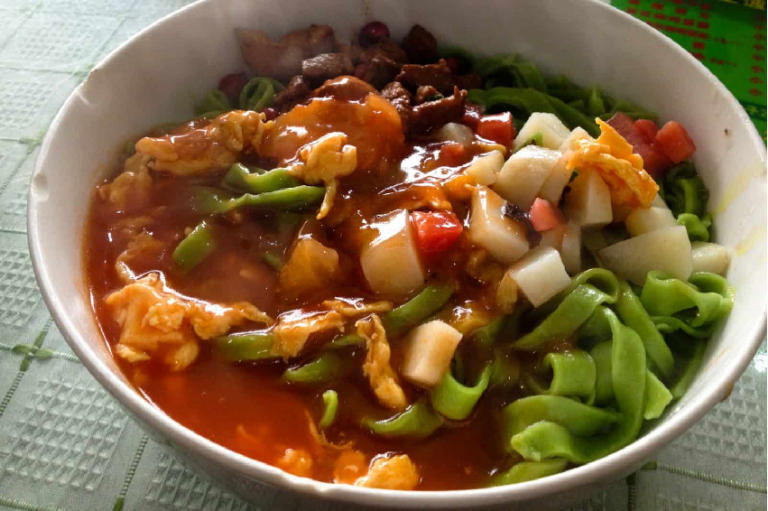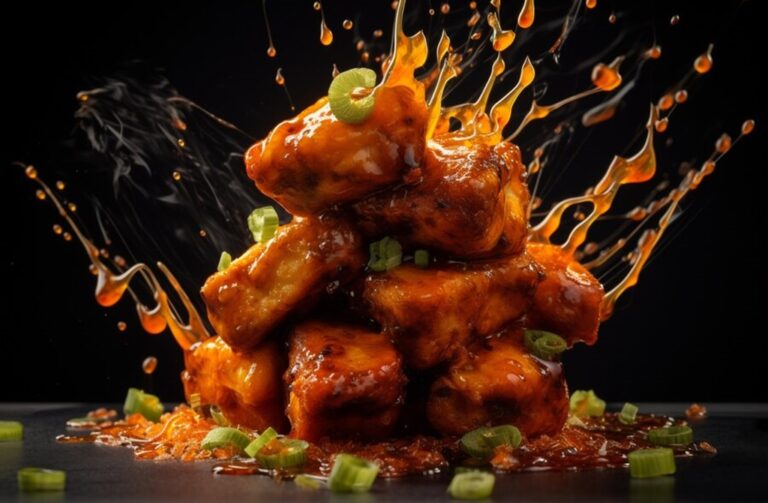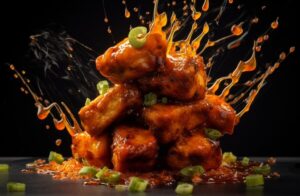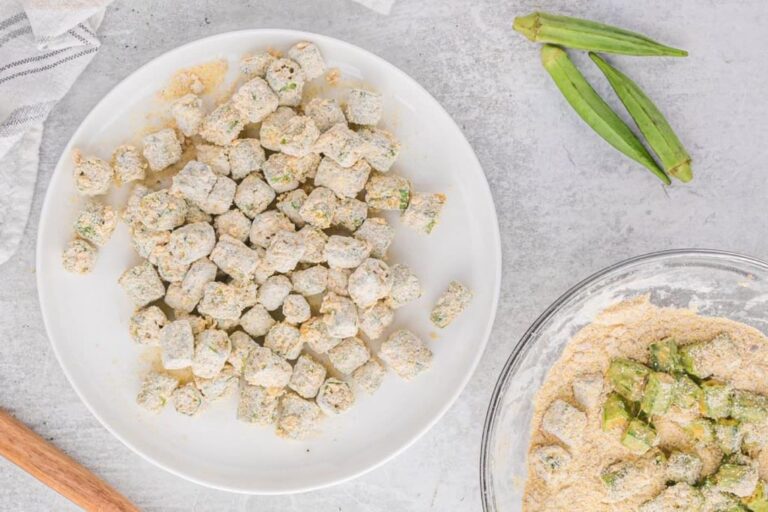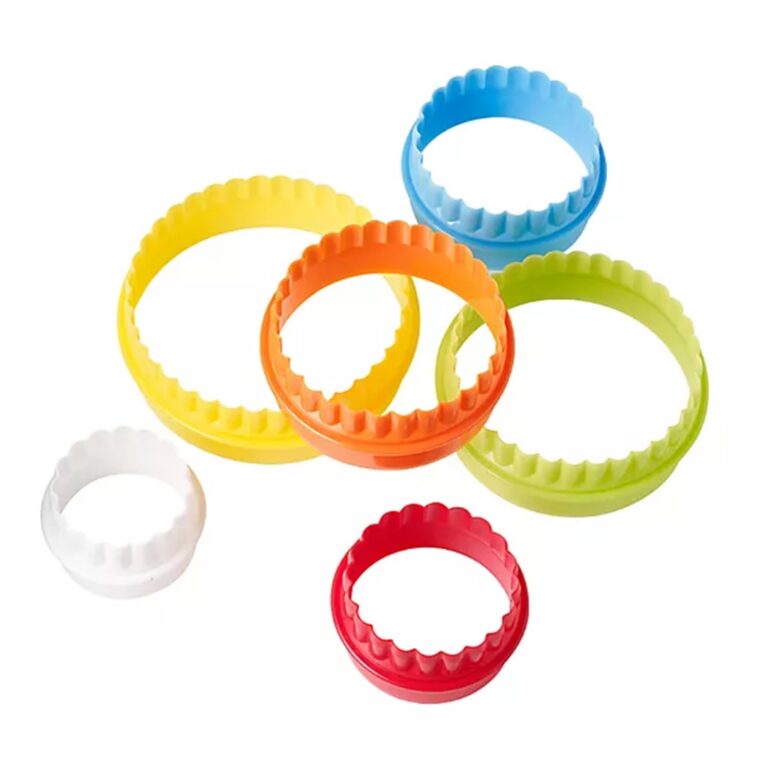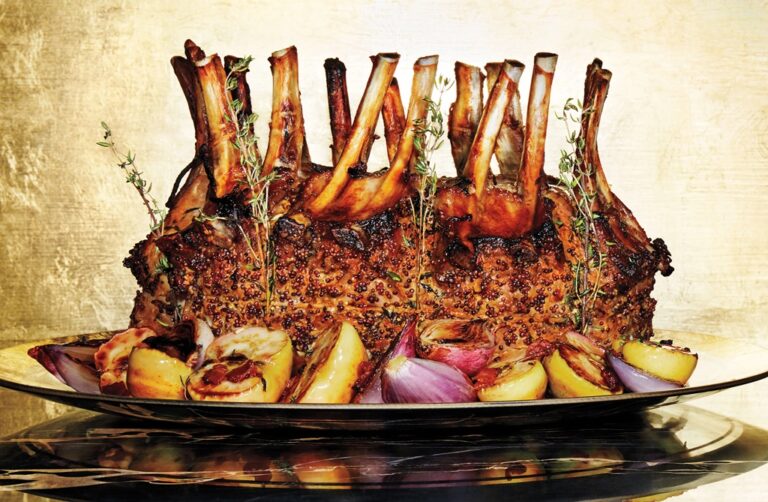Dumplings are a beloved comfort food for many, with their pillowy, fluffy texture so perfect for soaking up rich sauces and gravies. But when your Bisquick dumplings turn out dense and gummy instead of light and airy, it can be incredibly frustrating. Don’t worry – with a few simple tweaks, you can get your dumplings back to their fluffy glory in no time.
The Science Behind Fluffy Bisquick Dumplings
To understand why dumplings may not be fluffy, it helps to first look at why they are fluffy in the first place. When mixed properly, the dumpling batter incorporates tiny air bubbles throughout. As the dumplings cook, these air bubbles expand, resulting in a light, pillowy texture.
The main factors that contribute to this rise are
Gluten Formation
When wheat flour is mixed with liquid, gluten strands form. As you knead or stir the dough, these long, stretchy strands of gluten wrap around air bubbles, helping them hold their shape and rise. More developed gluten = fluffier dumplings.
Steam
As dumplings cook, the liquid in the dough converts to steam, causing the air bubbles to rapidly expand. More steam = more rise.
Leavening Agents
Baking powder or baking soda produces carbon dioxide bubbles when moistened, adding extra lift to the dumplings as they cook. More leavening = lighter dumplings.
Common Reasons for Dense, Gummy Dumplings
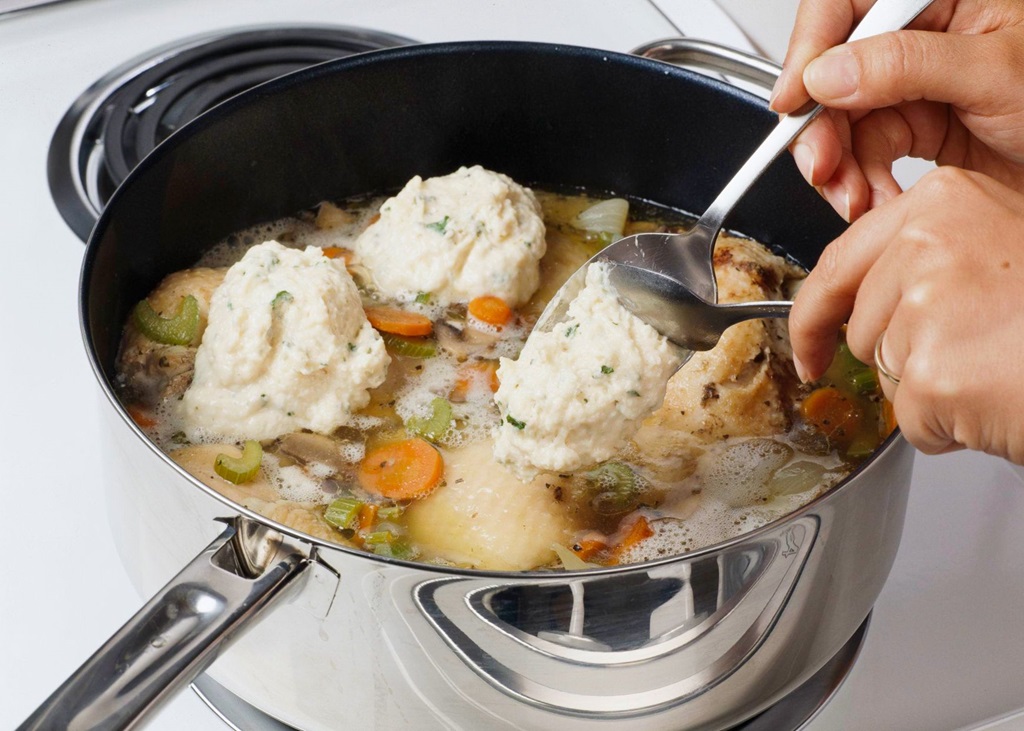
If your dumplings turn out dense and chewy, something in the mixing or cooking process likely interfered with gluten formation, steam production, or leavening. Here are some of the most common culprits:
Not Enough Kneading or Stirring
Vigorous kneading or stirring is necessary to properly develop the gluten strands and incorporate ample air into the batter. Under-mixed dough won’t have enough structure to hold air bubbles as they expand.
Adding Too Much Liquid
Using more liquid than the recipe calls for can prevent those important gluten strands from forming properly. The resulting batter will spread too much when cooked rather than holding its shape.
Compressing the Dough
After shaping the dumplings, over-handling them or stacking them can press out many of those air pockets you worked so hard to incorporate. Handle the dumplings gently.
Not Enough Leavening
Without sufficient baking powder or baking soda, the dumplings won’t get enough of a lift as they cook. Double-check that you use the right amount.
Cooking Issues
If the cooking process doesn’t allow steam to properly build up inside the dumplings, such as by not covering the pan or overcrowding, the dumplings can end up heavy.
Now that you know what factors lead to fluffy or dense dumplings, here are some handy tips for troubleshooting your specific Bisquick dumpling dilemma.
Tips for Fluffier Bisquick Dumplings
Bisquick already contains leavening and some gluten-forming wheat flour, so it gives dumplings a good head start on being fluffy. However, the mixing method and cooking process can still make or break your final texture. Follow these suggestions:
Mix Thoroughly But Gently
The all-shortening Bisquick formula needs extra mixing to hydrate and activate the leavening. But over-beating can develop the gluten too much, making the dumplings tough. Mix just until a soft, shaggy dough forms that pulls away from the bowl sides.
Don’t Overwork the Dough
When shaping Bisquick dumplings, handle the dough gently to avoid compressing it. Shape each dumpling with minimal kneading and pinching.
Use Cold Ingredients
Cold fat, milk, and eggs incorporate more air into the batter. The air pockets have a better chance of lasting through cooking if starting chilled.
Watch the Liquid
Even an extra spoonful or two of milk can throw off the moisture balance. Stick to the recipe so dough forms but isn’t too sticky. Add liquid gradually if needed.
Space Out the Dumplings
Give dumplings room in the pan so they can steam and rise properly. Avoid crowding them too close together or into piles.
Cover the Pan
Covering the pan traps steam escaping from the dumplings. This steam is essential for fluffing them up. Covering also protects delicate dumplings from excess stirring or jostling.
Check the Oven Temperature
Baking dumplings at too high of a temperature can cause over-browning and prevent proper rising. Opt for moderate oven temperatures between 375-400°F.
Don’t Peek!
It’s tempting to sneak a peek at your dumplings as they bake or simmer, but doing so allows steam to escape. Wait until the minimum recommended cook time before checking them.
Don’t Let Them Overcook
Dumplings can quickly go from light and fluffy to dense and gummy if overcooked. Pull them out of the oven or off the heat as soon as they reach the minimum suggested baking time.
Light and Fluffy Dumplings Are Within Reach
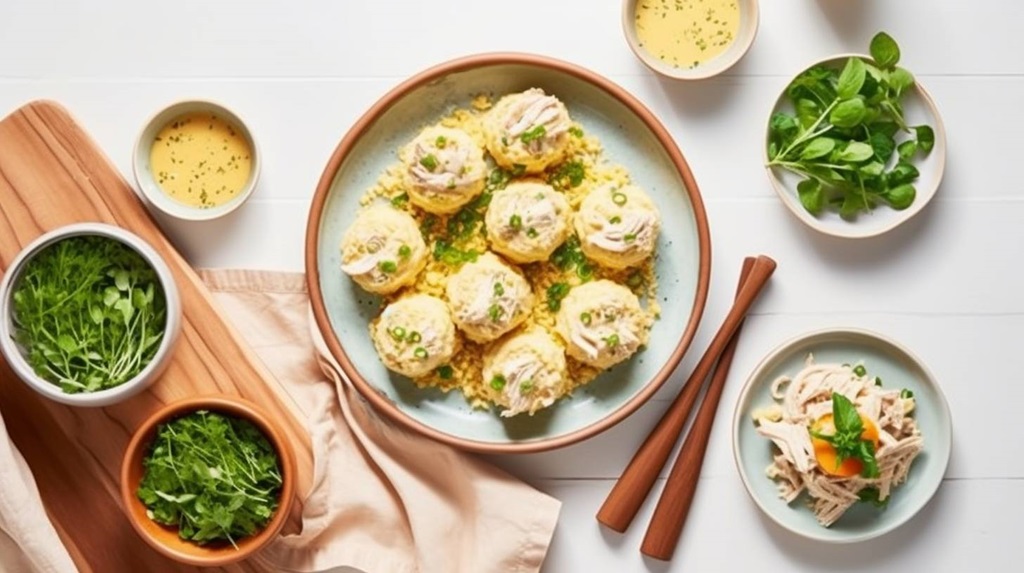
Air, steam, gluten strands, and leavening all play crucial roles in transforming simple dough into heavenly, fluffy dumplings. By pinpointing issues with ingredients, mixing, shaping, or cooking, you can get your Bisquick dumplings back to their proper pillowy texture. Just be sure to resist over-handling the dough, avoid excess moisture, allow space between dumplings, and fully steam or bake them without peeking.
With a bit of troubleshooting and adjusting your technique, you’ll be sinking your teeth into tender, fluffy dumplings in no time. Got a stellar dumpling recipe or tip? Share your secrets – we’d love to hear them! Now go forth and fluff those dumplings.
Frequently Asked Questions
What is the best milk to use in dumplings?
Whole milk or buttermilk works best. The extra fat coats the flour particles for fluffier dumplings, and buttermilk adds a welcome tang. Skim or low-fat milk can make dumplings tough and dry.
How thick should dumpling dough be?
The dough should be thick enough to hold its shape when you scoop it, but still soft and slightly sticky. Overly thick, dry dough prevents air pockets from forming.
What makes baked dumplings tough?
Overworking the dough produces too much gluten, resulting in chewy dumplings. High oven heat can also toughen them. For tender dumplings, handle the dough gently and bake at 375°F.
Why are my stove-top dumplings gummy?
If dumplings turn gummy in soup or stew, the moisture likely penetrated them too much. Try simmering in shallow liquid next time so dumplings steam from the top.
How can I get my dumplings whiter?
Swap out 1-2 Tbsp of the wheat flour for cornstarch or potato starch. You can also simmer milk-based dumplings in chicken or turkey broth, which helps keep them whiter.

